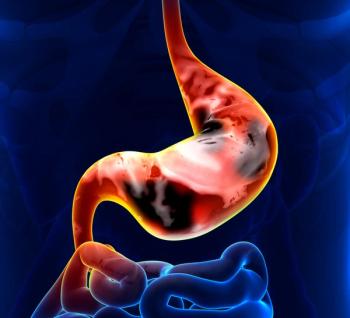
Oncology NEWS International
- Oncology NEWS International Vol 6 No 6
- Volume 6
- Issue 6
Treatment of DCIS Needs to Consider Patient Age and Tumor
CHICAGO--Despite an overall trend toward breast conservation, many breast cancer authorities believe that ductal carcinoma in situ (DCIS) too often is treated by mastectomy, and that axillary dissection and irradiation frequently are performed unnecessarily.
CHICAGO--Despite an overall trend toward breast conservation, many breastcancer authorities believe that ductal carcinoma in situ (DCIS) too oftenis treated by mastectomy, and that axillary dissection and irradiationfrequently are performed unnecessarily.
In order to make the "punishment fit the crime," physicianstreating DCIS need to balance the extent of surgery and the applicationof irradiation with a number of factors, William Wood, MD, said at the50th Cancer Symposium of the Society for Surgical Oncology. These includenot only tumor size and margins, but also tumor grade and the patient'sage.
Since DCIS can develop into invasive disease, "we can't take ittoo lightly," said Dr. Wood, professor and chairman of the Departmentof Surgery, Emory University School of Medicine. However, he said, a formaltreatment algorithm for DCIS "requires thoughtful application basedupon the number of years a woman would be at risk, the likely biology ofthe tumor, and its extent."
The algorithm presented by Dr. Wood involves surgical excision of theDCIS with a relatively small resection margin for biopsy; magnificationview mammog-raphy to make sure there is no stream of DCIS moving towardthe nipple or areola or going off elsewhere in the breast; and detailedpathologic evaluation.
DCIS that has a 1- to 4-mm focus and 5- to 10-mm margin would be observedafter excision, according to this algorithm. "I would do nothing else;I think any additional treatment is likely to be overtreatment," Dr.Wood said.
For DCIS with a 5- to 20-mm focus and 5-mm to 10-mm margin, Dr. Woodwould add irradiation. Lumpectomy and radiation therapy would also be appropriatefor more than 20 mm of tumor as long as a 10-mm clear margin could be obtainedand the breast could be preserved in appearance.
The algorithm calls for more extensive treatment of a comedo or high-gradetumor, particularly in a young patient. Less extensive treatment wouldbe indicated "in an older patient where a low-grade disease mightnever become an event in her lifetime," he said.
Articles in this issue
over 28 years ago
Studies of Counselings' Impact on Survival Challengedover 28 years ago
Telomerase Activity Potential Marker for Bladder Cancerover 28 years ago
Writing Genetic Testing Guidelines Complex Endeavorover 28 years ago
AACR Meeting Sees Growth Spurt in Telomerase Researchover 28 years ago
DDT Appears to Activate Human Estrogen Receptorsover 28 years ago
Studies Highlight Role of bcl-2 Gene in Programmed Cell Deathover 28 years ago
Efficacy of BCG Maintenance in Bladder Cancer Is Confirmedover 28 years ago
Surgery Seen as Adjunct to Chemo in Some Invasive Breast Cancersover 28 years ago
Traveling Exhibit of Cancer Educational ResourcesNewsletter
Stay up to date on recent advances in the multidisciplinary approach to cancer.


















































































